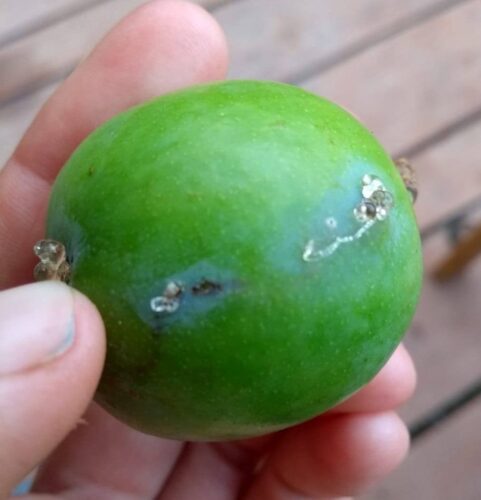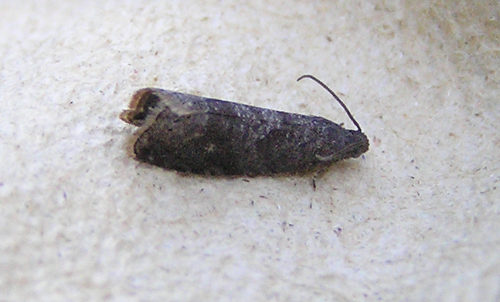The pl
Also known as:
P
Red p

Pl
The pl
After more than a week, the eggs hatch and the caterpillars eat their way through the pl
A second generation is active at the end of July and is causing a lot of damage. The pulp around the pit is eaten away and the area is contaminated with excrement.
On affected plums, there is a resinous droplet near where the caterpillar entered the pl
The adult caterpillars hide in the soil or in the bark of the trunk and make a cocoon to hibernate in.
Late pl
Where to find
- Plum
- Blackthorn
- Prunus species
Control
After the eggs of the pl
Prevention
Provide a bird-friendly environment: birds eat insects including leafrollers like the pl

